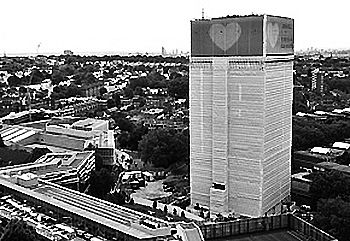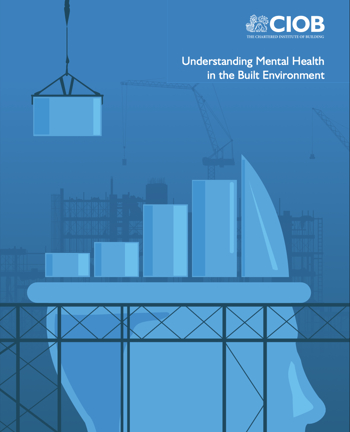Petrification
Contents |
[edit] What is petrification?
Petrification refers to something turning to stone. It is a term that has been used in classical architecture, but more specifically in geology as well as in mythology where beings might be turned to stone.
[edit] What are the origins of petrification?
In classical architecture petrification was used to describe how material use of the ancient Greeks shifted from wood to stone. It is considered to have contributed to the origins of the Doric order in classical architecture, where the established architectural vocabulary that had developed and been built in wood or timber was translated into stone, once materials and skills were available. The term has also been used later to describe the processes of transformation from cob and timber buildings in cities and towns across Europe during the post-medieval period (15-1700's), to brick and stone. This transformation was perhaps less about form but did have an impact on how development occurred.
[edit] What are the types of petrification?
In geology petrification (also called petrifaction) refers to the filling of pores found in organic material such as bone or wood with minerals, thus in effect turning the primary materials into a form of stone - a process of fossilisation. Geologically there are two processes involved in petrification; permineralization and replacement:
- The first stage of permineralization is when pore spaces and cavities of an organic material are filled with minerals such as calcite, quartz, pyrite, apatite (calcium phosphate) and siderite (iron carbonate) from the groundwater of deltas, floodplains or in relation to water soluble volcanic ash. The second stage is pyritization which is a similar process occurring in marine environments or where buried sediment contains iron and sulfur.
- Replacement as sugested is different because the orgainic material is to a greater or lesser degree replaced by the mineral. This process is significantly slower and describes biotic material replacement with abiotic minerals such as calcite, silica, pyrite, and hematite.
One example of petrification in the geological sense of the word and in relation to the construction of buildings is in the foundations of the city of Venice. The city was primarily built on wooden piles driven into marsh sediment, with thick timbers laid on top followed by the brick and mortar construction seen above water level. The wooden sub water foundations have petrified over many years, replacing the timber pores with minerals and thus giving them further strength.
Artificial petrification, although somewhat complex, has been performed by a number of institutions. One process involves bathing an organic material in acid, then in a silica solution to be air dried and then heated at extremely high temperature in argon. This is different to other similar processing of organic materials such as timber in solution baths and at high temperature such as in the production of biochar, thermo-treated wood or acetylation.
[edit] Related articles on Designing Buildings
Featured articles and news
The UK's Modern Industrial Strategy: A 10 year plan
Previous consultation criticism, current key elements and general support with some persisting reservations.
Building Safety Regulator reforms
New roles, new staff and a new fast track service pave the way for a single construction regulator.
Architectural Technologist CPDs and Communications
CIAT CPD… and how you can do it!
Cooling centres and cool spaces
Managing extreme heat in cities by directing the public to places for heat stress relief and water sources.
Winter gardens: A brief history and warm variations
Extending the season with glass in different forms and terms.
Restoring Great Yarmouth's Winter Gardens
Transforming one of the least sustainable constructions imaginable.
Construction Skills Mission Board launch sector drive
Newly formed government and industry collaboration set strategy for recruiting an additional 100,000 construction workers a year.
New Architects Code comes into effect in September 2025
ARB Architects Code of Conduct and Practice available with ongoing consultation regarding guidance.
Welsh Skills Body (Medr) launches ambitious plan
The new skills body brings together funding and regulation of tertiary education and research for the devolved nation.
Paul Gandy FCIOB announced as next CIOB President
Former Tilbury Douglas CEO takes helm.
UK Infrastructure: A 10 Year Strategy. In brief with reactions
With the National Infrastructure and Service Transformation Authority (NISTA).
Ebenezer Howard: inventor of the garden city. Book review.
The Grenfell Tower fire, eight years on
A time to pause and reflect as Dubai tower block fire reported just before anniversary.
Airtightness Topic Guide BSRIA TG 27/2025
Explaining the basics of airtightness, what it is, why it's important, when it's required and how it's carried out.
Construction contract awards hit lowest point of 2025
Plummeting for second consecutive month, intensifying concerns for housing and infrastructure goals.
Understanding Mental Health in the Built Environment 2025
Examining the state of mental health in construction, shedding light on levels of stress, anxiety and depression.























Comments
[edit] To make a comment about this article, click 'Add a comment' above. Separate your comments from any existing comments by inserting a horizontal line.